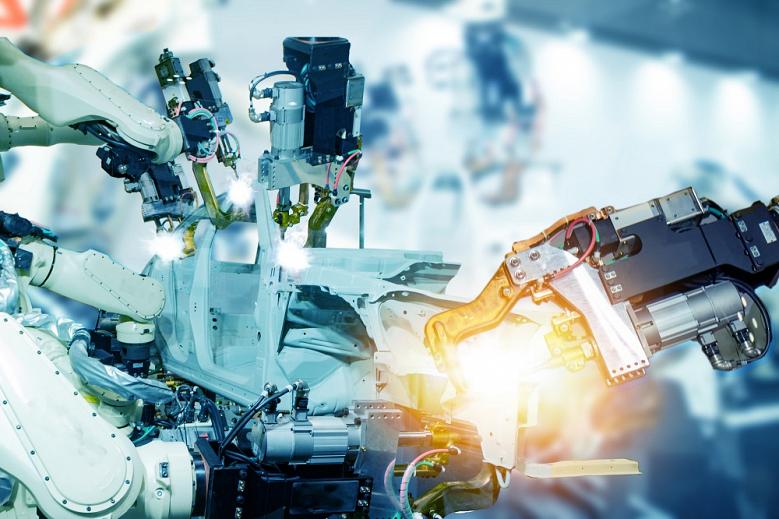
IoT offers manufacturers an unprecedented opportunity to take advantage of the many sources of information.
At its core, the internet of things (IoT) is a decision support system. Will it help you make better decisions? That depends on you.
Probably the greatest and most unexplored challenge of IoT is its long-term impact on manufacturing work and employee engagement. The role of operators will change as equipment operation becomes more automated. Management will require a greater ability to read and understand complex presentations of information. Data analysts will be challenged to provide unambiguous, accurate, and easily understood reports. Employee knowledge increasingly will become critical to interpret results, identify necessary responses, and determine which information is relevant.
Data collection and analysis technologies are evolving at an amazing pace. Your operational, maintenance, and logistical decisions will become more dependent on collected current data, large volumes of historical data, reliable networks, and a variety of monitoring devices.
IoT offers us an unprecedented opportunity to take advantage of the many sources of information available to us. With the proper monitors, you can predict equipment failure, develop better maintenance and reliability plans, identify operational issues, schedule and monitor deliveries, and identify the root causes of quality failures. These are just a sample of the most obvious opportunities. Your capabilities are limited only by your available equipment, your knowledge, and your imagination.
IoT networks include many points that can impair data accuracy. Faulty monitors, network interference, and poorly calibrated equipment can all contribute to the erosion of your data’s integrity. This, of course, can lead to poor or less-than-optimal decisions.
Your most reliable control against poor data is yourself. Information technology will continue to become more woven into your operations. Your technology, however, will only be as good as your ability to manage and control its collection and analysis of data. The greatest impact I expect from IoT is that work will be defined differently.
Knowledge and flexibility are your best tools to meet the demands of a redefined workplace. Your employees will require both broad and deep knowledge of their domains to be able to understand, assess, interpret, and react to new information. Among the things your company must understand are:
Material tensile properties
Forming limit curves
Hardness
Directionality of properties
Friction and lubrication
Heat
Press technologies
Reliability
Failure modes and effects analysis
Logistics
You may have fantastic data analysts. These are the people who can identify trends, correlations, and anomalies. Employees who understand sheet metal forming and materials are the controls over the analysis. Those knowledgeable in manufacturing are the employees who must decide if analysis is relevant, important, and worthy of follow-up. Your manufacturing and behavioral knowledge also should identify analysis that looks wrong. You are going to find sensors that need more frequent maintenance. You also will need to develop a calibration maintenance plan that ensures the accuracy of collected measures.
One thing to consider in implementing a reliable data analysis program is the Department of Defense’s Observe-Orient-Decide-Act (OODA) process (see Figure 1). It provides a framework for collecting observations, orienting them toward your organizational objectives and priorities, making meaningful decisions, and implementing your decisions. The concept itself is rather ancient, fundamental, and intuitive.
When we try to implement it, however, we frequently find ourselves caught in paralysis over making the right decision. The skills and tools required to implement OODA include:
Devices and procedures to collect information about events and situations.
Mathematical and software skills to analyze collected information.
Knowledge of material properties, forming processes, forming technologies, and reliability to evaluate the relevant context of analyzed information.
Confidence to implement decisions quickly.
New information technologies offer tremendous opportunities to explore and learn more about your operations. Still, the foundation of any successful operation lies in knowledgeable and dedicated professional.
From thefabricator
BY BILL FRAHM







































